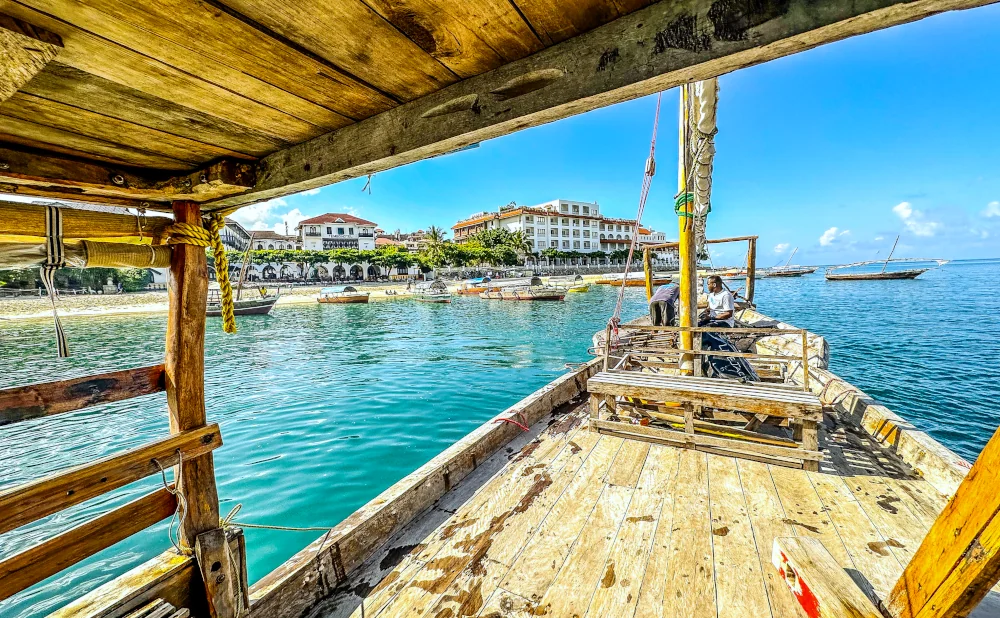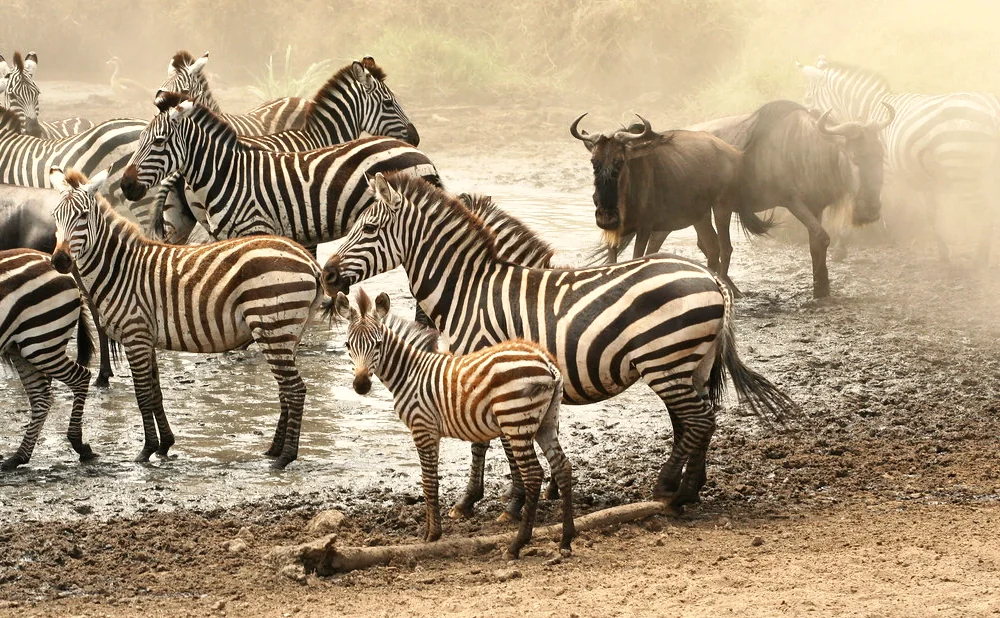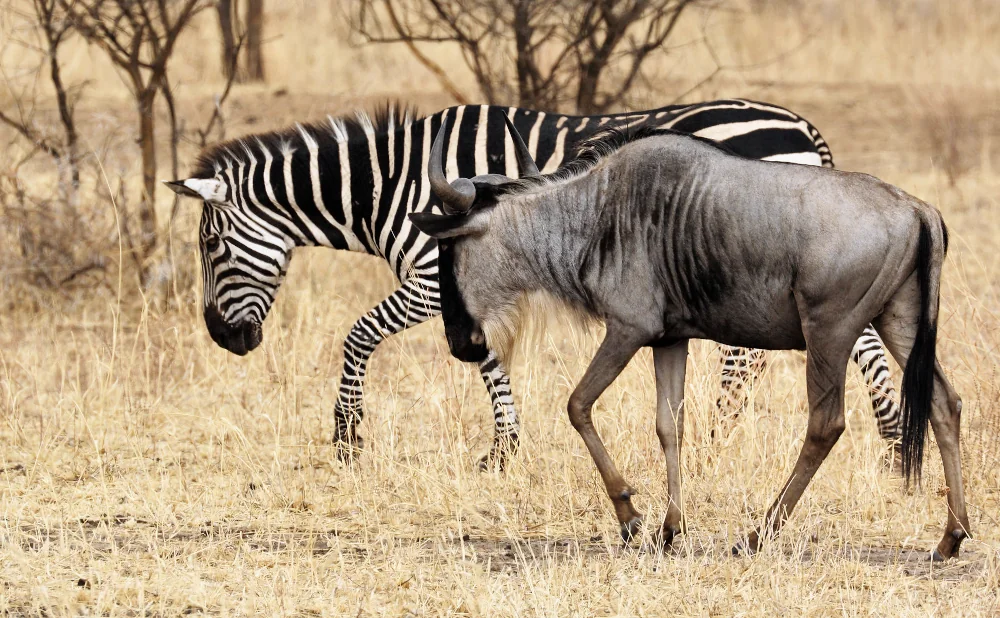Exploring the Geographic Wonders of Maasai Mara
The Maasai Mara, a vast game reserve in Kenya, is a marvel of nature. Its geography, teeming with diverse wildlife and stunning landscapes, is a sight to behold.
This article delves into the geographic wonders of the Maasai Mara. We'll explore its location, the common animals that roam its plains, and the best seasons to visit.
Whether you're a traveler planning a safari, a geography enthusiast, or a student, this guide will enrich your understanding of this unique ecosystem. Let's embark on this journey to explore the Maasai Mara's geography.
The Location and Landscape of Maasai Mara
The Maasai Mara is nestled in Narok County, Kenya. It forms part of the larger Serengeti ecosystem, extending into Tanzania. This vast reserve covers approximately 1,510 square kilometers of diverse landscapes.
From rolling savannahs to acacia woodlands, the terrain is a patchwork of habitats. The Mara River, a lifeline for the region's wildlife, meanders through the reserve. The area's altitude ranges from 1,500 to 2,170 meters above sea level, adding to its geographic diversity.
Maasai Mara Map and Accessibility
The Maasai Mara is roughly 270 kilometers from Nairobi, Kenya's capital. Its location on the Maasai Mara map shows its proximity to other reserves and its division into several conservancies.
Access to the reserve is usually through two main gates: Sekenani and Talek. These gates serve as entry points to a world teeming with wildlife and natural beauty.
Wildlife and Biodiversity
The Maasai Mara is a sanctuary for an array of wildlife. Its diverse habitats support over 95 species of mammals and more than 470 species of birds. This biodiversity is a testament to the reserve's rich ecology.
The reserve is renowned for its high density of lions. It's also home to the rest of the Big Five: leopards, elephants, buffalo, and rhinoceros. The Maasai Mara's geography plays a significant role in this biodiversity.
Common Animals in Maasai Mara
The Maasai Mara is famous for the Great Migration. This annual event sees millions of wildebeest, zebras, and gazelles traverse its plains. It's one of the most impressive natural events worldwide.
The Mara River is a critical feature in this migration. It provides a challenging obstacle for the migrating herds, attracting predators and creating dramatic scenes.
Apart from the Big Five and the migratory herds, the reserve hosts a variety of other animals. These include giraffes, hyenas, and various antelope species, adding to the Maasai Mara's wildlife spectacle.
Best Season to Visit Maasai Mara
The best time to visit the Maasai Mara is typically during the dry season. This period, from July to October, coincides with the Great Migration. It's an ideal time for wildlife viewing.
Climate and Seasonal Highlights
The climate in the Maasai Mara is moderately warm and wet. It experiences two rainy seasons. The dry season, however, offers the most comfortable conditions for visitors.
The Great Migration is the highlight of the dry season. During this time, the plains come alive with millions of migrating animals, creating an unforgettable spectacle.
Conservation and the Maasai Community
The Maasai Mara is a crucial conservation area. It's a significant source of income for the local Maasai community.
The reserve operates under a partnership between the local county government and the Maasai landowners. This collaboration aims to protect the area's rich biodiversity and ensure sustainable tourism.
The Significance of Maasai Mara's Geography
The geography of the Maasai Mara plays a vital role in the region's biodiversity and ecological processes. It shapes the unique wildlife patterns and migration events that the reserve is famous for.
Understanding this geography can enhance the visitor experience. It deepens the appreciation for this unique and precious ecosystem.











